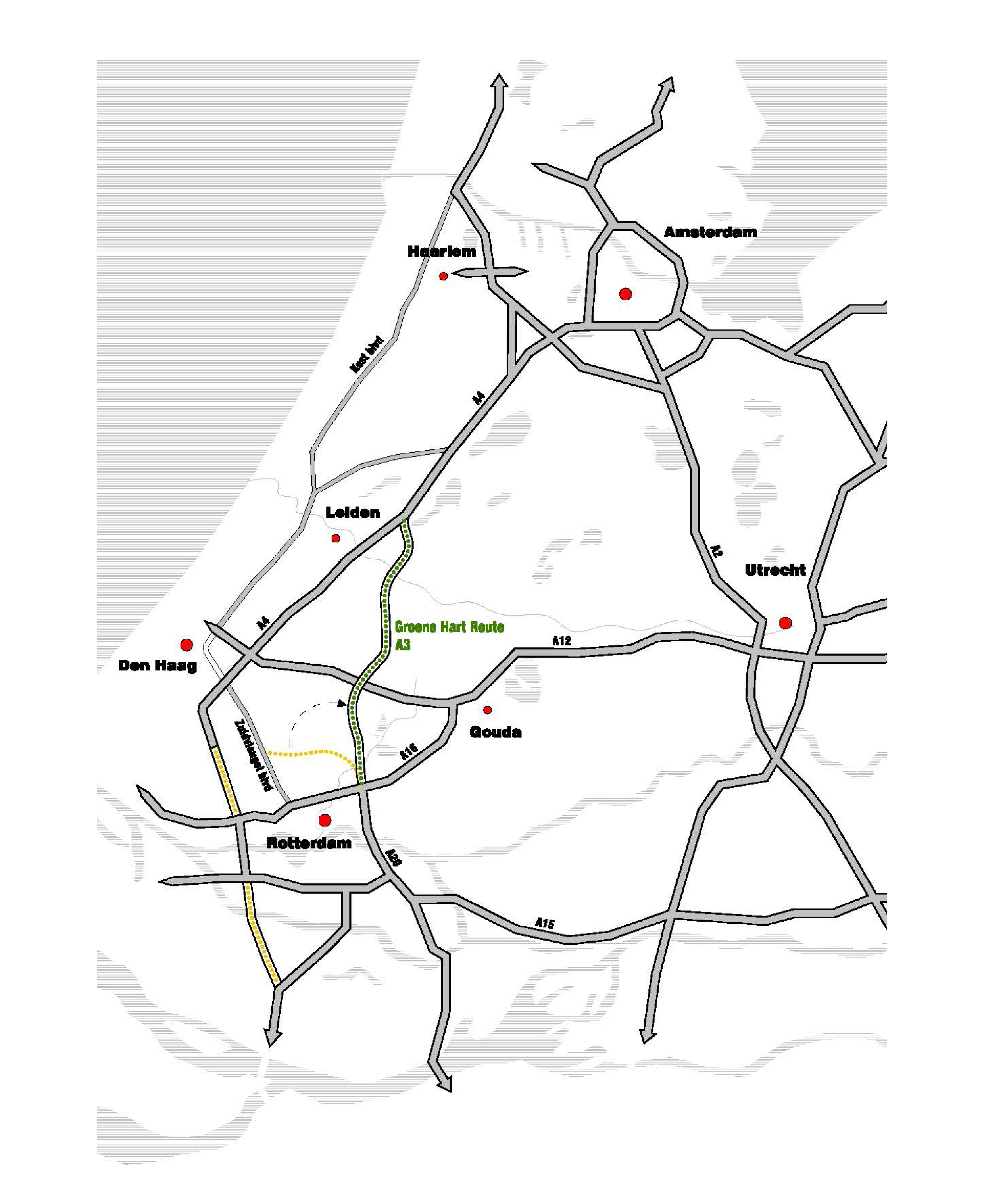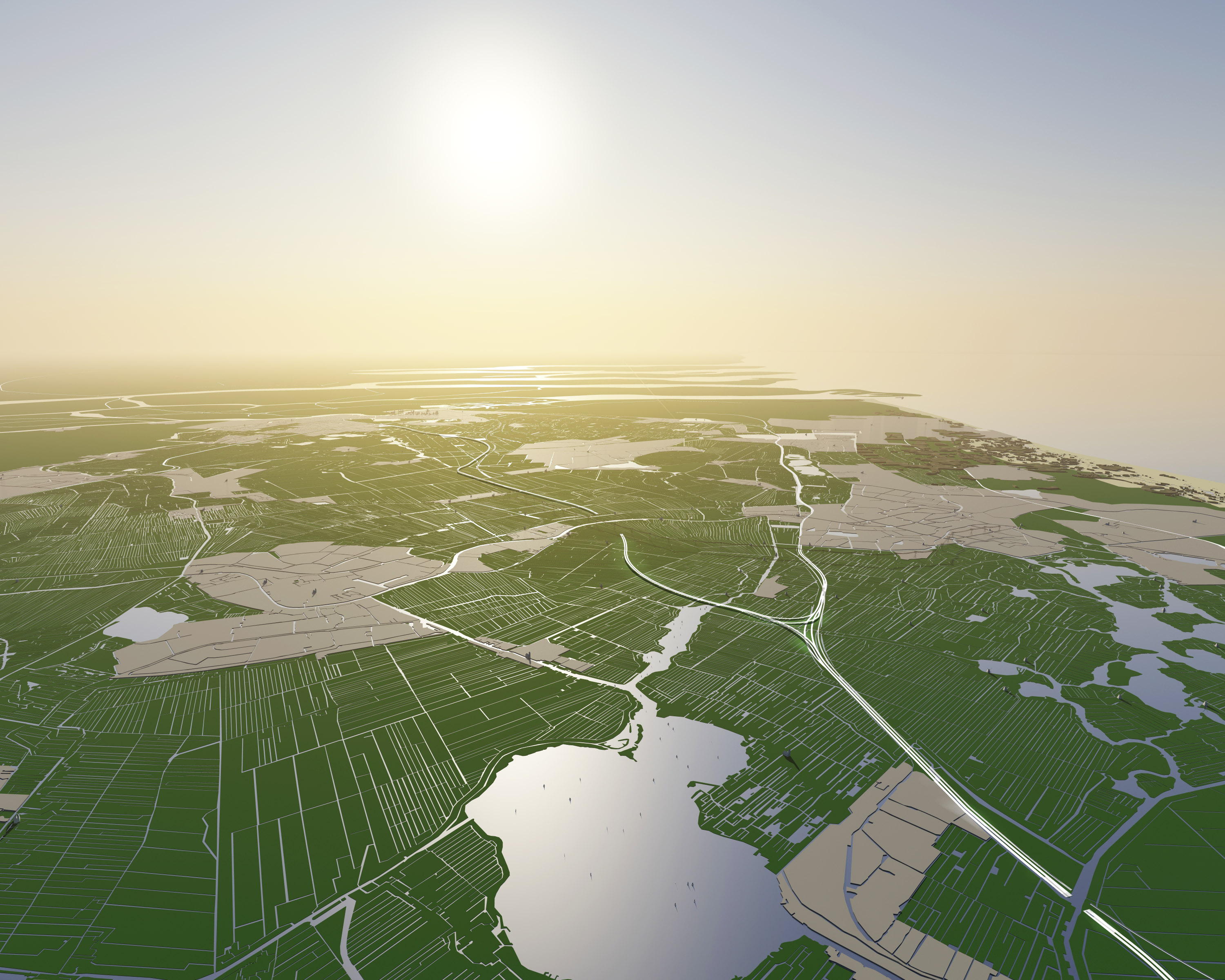- Type: Research report
- Client: Self-initiated by Studio Hartzema
- Core team: ir. Henk Hartzema, Michiel Burgerhout, Laure Brusset, Ruggero Cipolla, Jasper Pat, Christine Schroder, Derk Thijs, ir. Anne Zekveld
- Collaborators: Drs. ing. J.Bout (Royal Haskoning), Mr. drs. L.C.Brinkman (Bouwend Nederland), Dr. J.W.A. van Dijk (Provincie Zuid Holland), A.V. de Kok (Gemeente Oegstgeest), ir. P.A.J.C. Kunst (Royal Haskoning), Drs. A.P. Mesker (VNO-NCW), R. Mulder (Bouwend Nederland), F.J.M. van Nunen (Huisvesting Vrije Universiteit), H.W.J. Ovink (VROM), Drs. F.R.Rakers (Huisvesting VUmc), ir. J.P. van Rossum (OVG), Drs. Ing. M. J. Smit (Res&Smit), Mr. J.P.R.M. Steegh (Gemeente Leiden), ir.N.J. de Vries (BAM groep), ir. C.J. Vriesman (G4P3), M.J.D. Witteman (Gemeente Leiden)
- Status: Completed (2009)
- Full material at: https://www.studiohartzema.com/werken/space-making/
In contemporary societies, the expressiveness of roads has been recognized and used consciously. In many cases, they contribute to cultural identity. Thanks to Thomas Jefferson, cities in the United States have been dominated by the street grid since the end of the 18th century in order to show that “all Americans are basically equal.” In France, hierarchical infrastructure contributes to the position of Paris as an absolute center. In fact, the story of the French capital is told through generous boulevards that put important buildings in prominent positions and thereby express intricate social and cultural relationships.
Part I: The case of the Randstad
In the case of the Netherlands, the long tradition of focusing on the ports combined with the lack of a distinct netwrok of highways have made the Randstad and the Dutch capital a remote corner of Europe. Compared to major world metropolises, the Randstad is lacking an integrated structure of highways that would control fragmentation and connect the Dutch cities to major neighboring countries and territories.
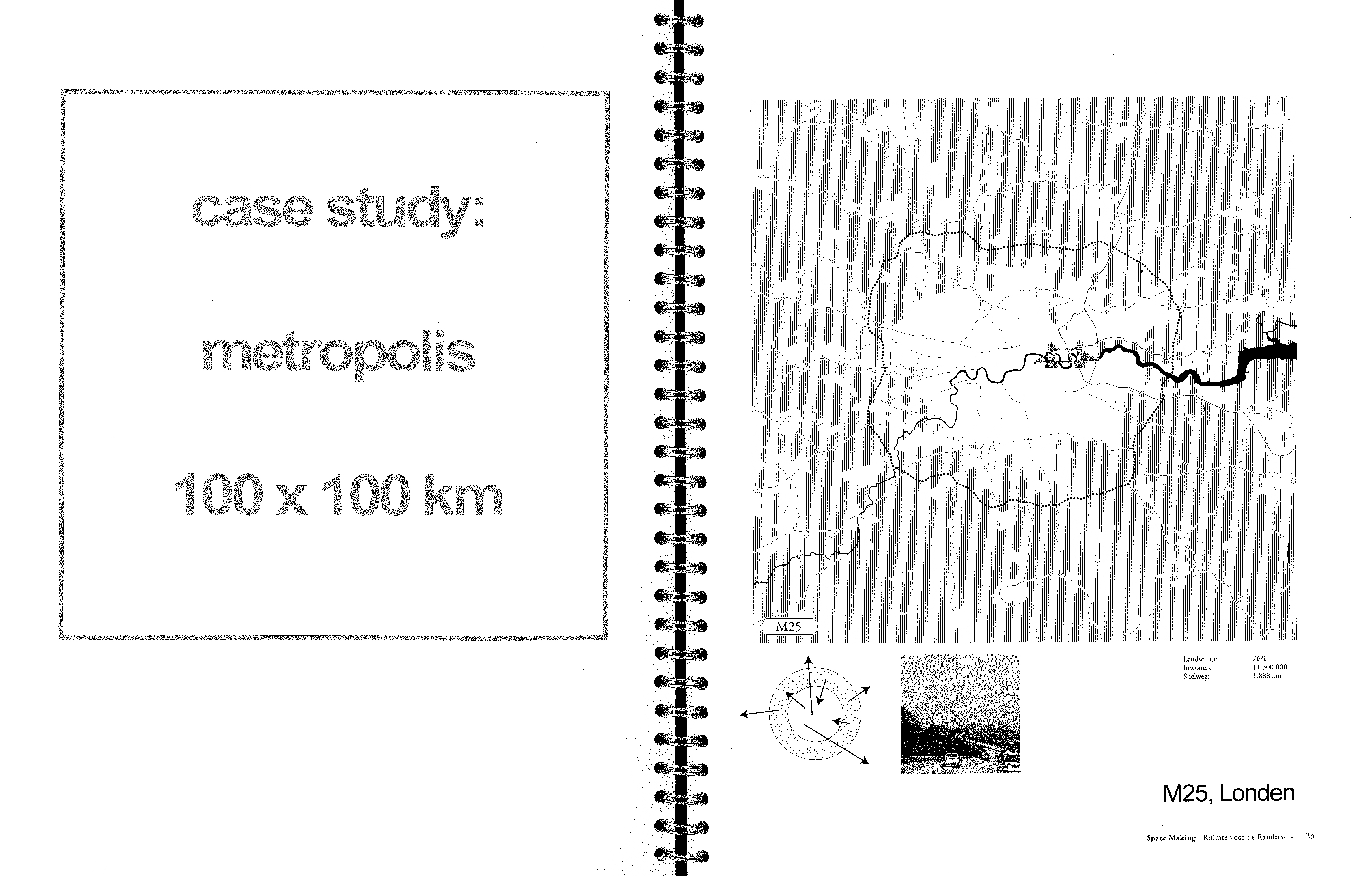
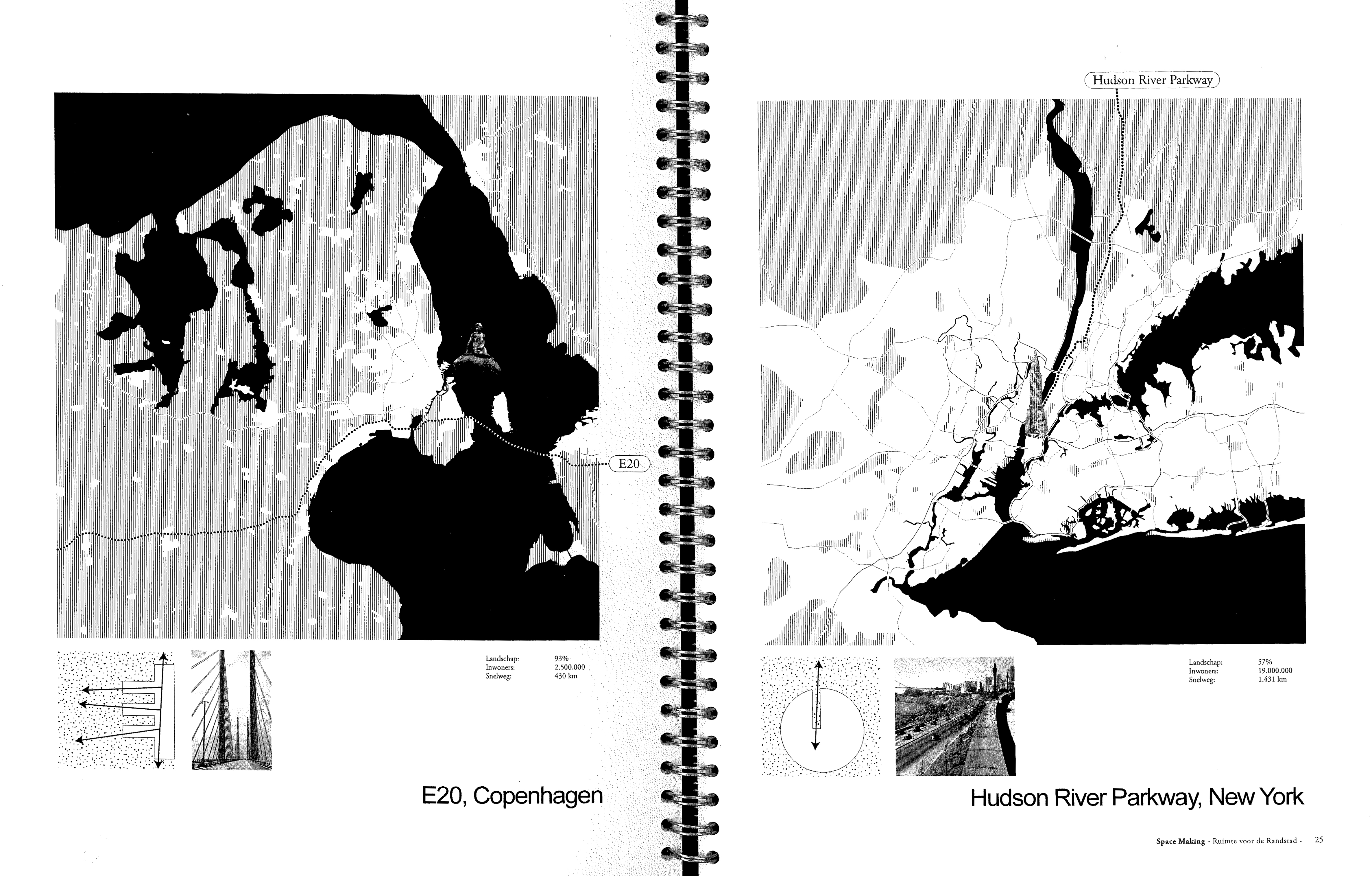
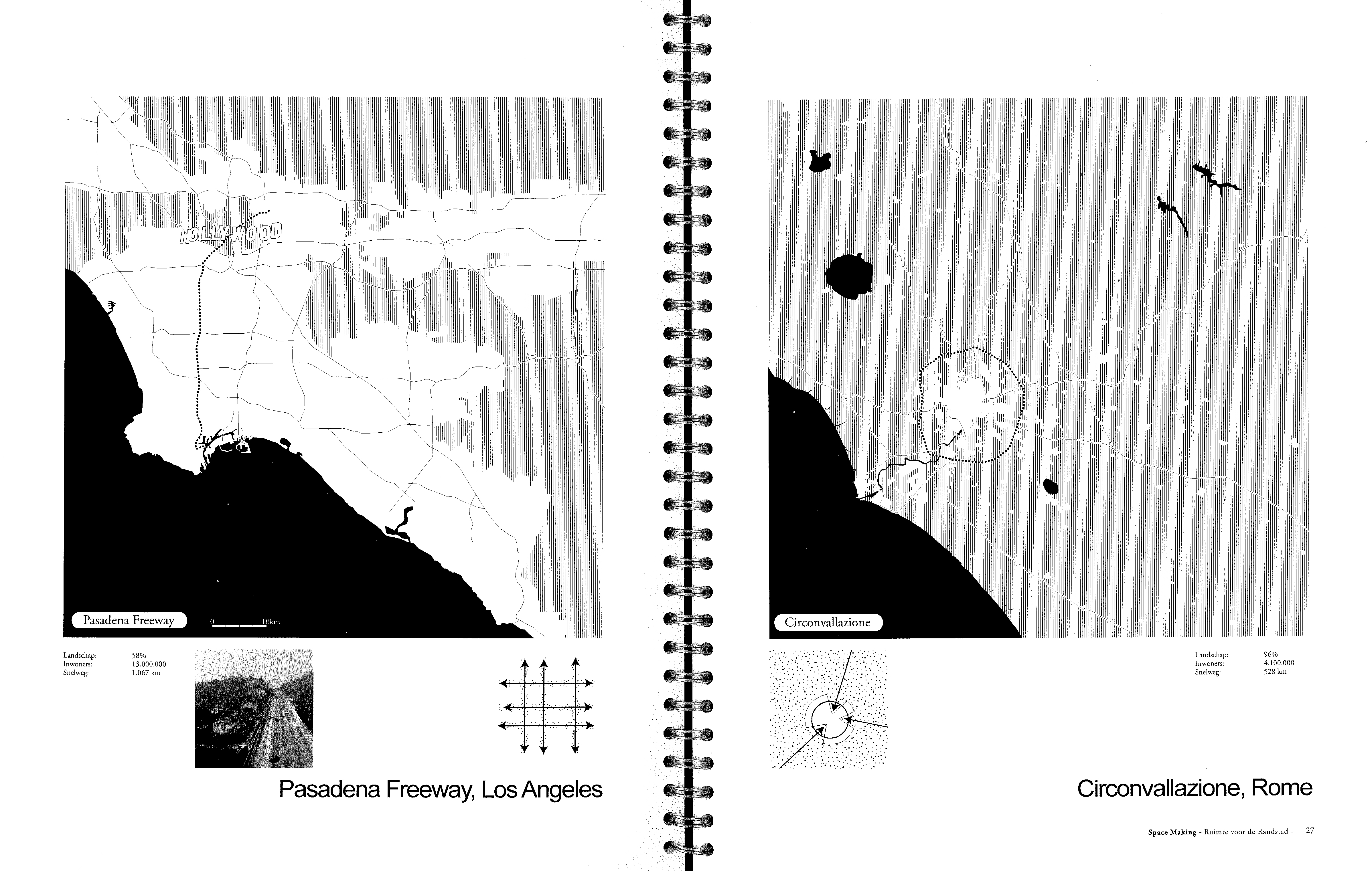
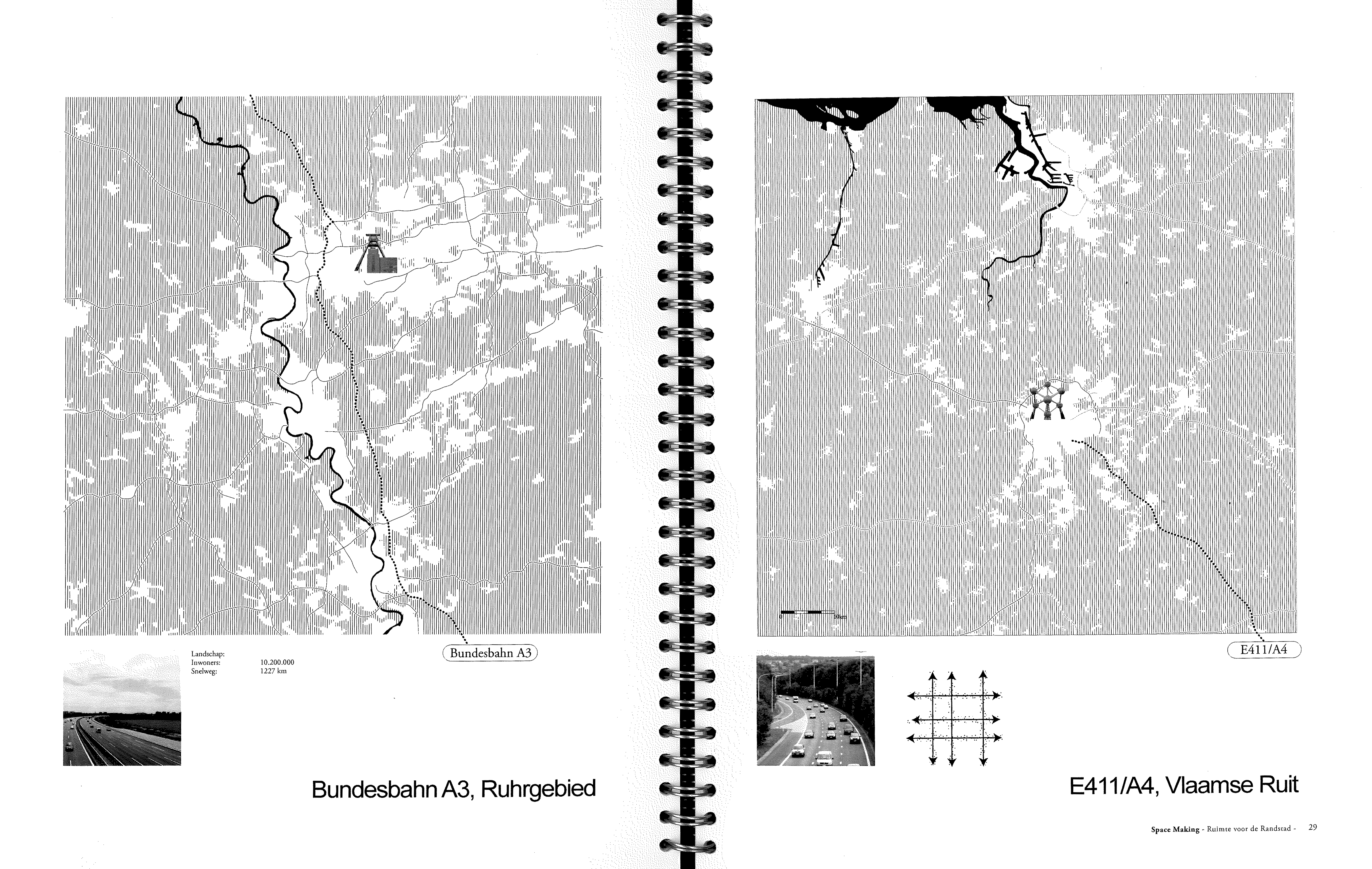
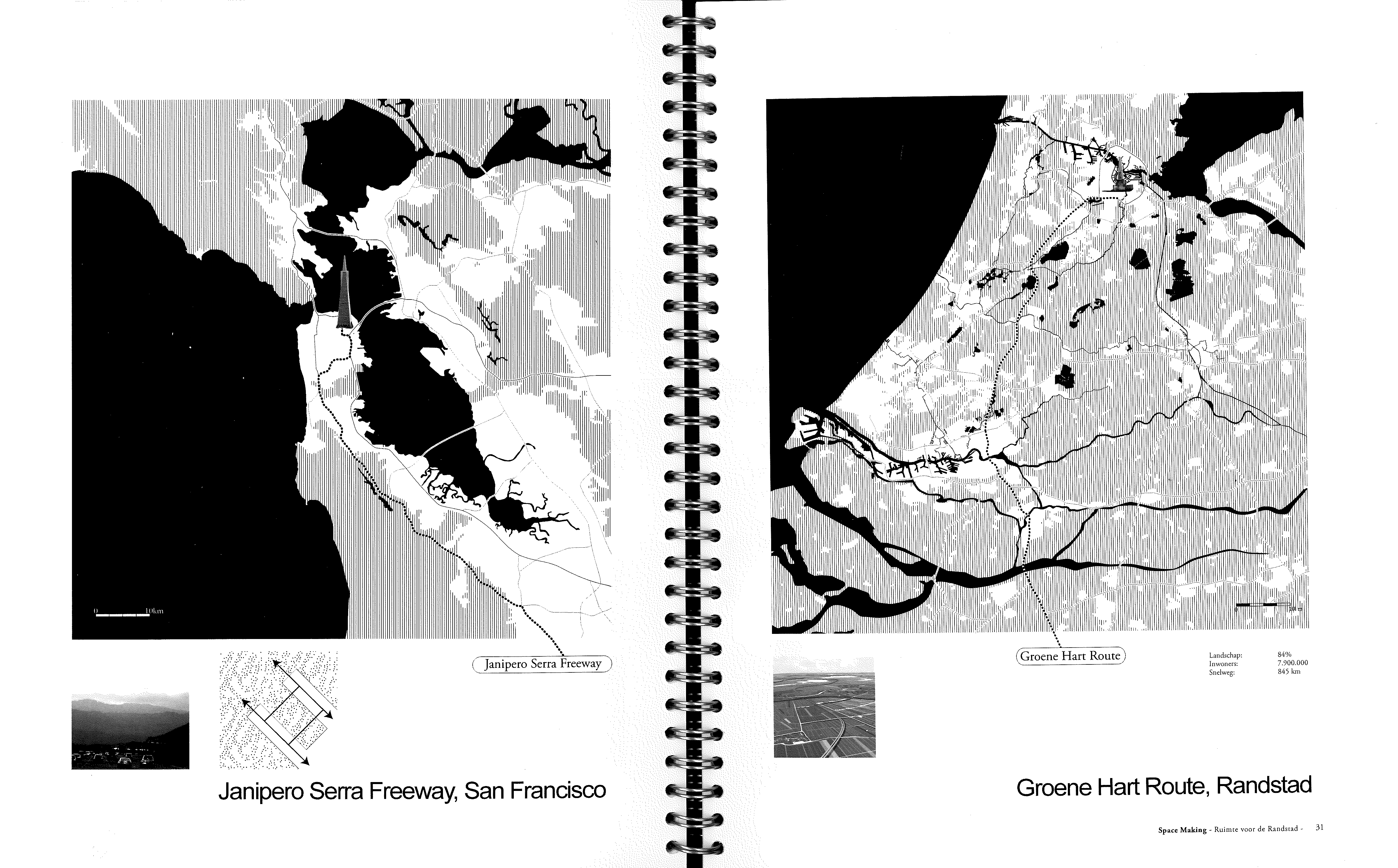
Part 2: A new A3 between Rotterdam and Amsterdam
“Space for the Randstad” means thinking in terms of structures. Landscape connections and long lines of infrastructure that provide an optimistic and at the same time pragmatic approach for the future of the Randstad. The construction of the Groene Hart Route / A3 connecting Rotterdam and Amsterdam will relieve the burden on the A4 the A44 an d make them redundant in parts. Additionally, it could bring coherence to the currently fragmented highways leading to Haarlem and Leiden. Taking it one step further, such an intervention could pave the path for a more integrated network toward the coastal zone and an immediate connection to the North Sea.
